We have much more to do and your continued support is needed now more than ever.
A Harrowing Harvest: Climate Change is Impacting Agriculture

This Thanksgiving, help protect the food your family and wildlife depend on. A changing climate will harm the natural resources and food supplies that people and wildlife need to survive.
Fall harvest time reminds us that climate change poses a threat to the food sources of both people and wildlife. As the impacts of climate change become more pronounced, we can expect to see more impacts to the U.S. agricultural sector. This sector, which includes crops, livestock, and seafood, is a critical component of the U.S. economy. In addition to feeding the nation, it contributes $200 billion to the economy annually.
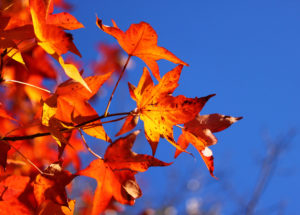
The National Wildlife Federation works to support sustainable agricultural practices. Currently, climate change impacts to agriculture include changes in the frequency and severity of droughts and floods, warmer temperatures (which may make crops grow quickly, but could also reduce yields), and the spread of weeds, pests and fungi that harm crops. These same impacts also negatively impact wildlife, habitat, and natural resources.
The following examples highlight some of the impacts to agriculture in New Hampshire, Virginia, Pennsylvania, and Montana.
Maple Syrup in New Hampshire
New York and the New England states account for about three quarters of all the maple syrup produced in the U.S., an industry worth $117 million in 2014. Maple producers say the industry employs about 1,000 people in New Hampshire alone and accounts for more than $150 million in economic activitiy each year. The sap used to produce maple syrup only flows in the late winter and early spring when temperatures rise above freezing during the day and drop below freezing at night. This temperature change creates the needed pressure for pushing sap from the roots of the tree to the branches, where it is used to produce spring time leaves.
Climate change is shifting the timing on when sap runs, causing the season to start sooner and end faster. Drought, forest fires, and the threat of invasive pests are also threats to maple trees in a changing climate, and as maple forest composition changes, it may also impact wildlife.
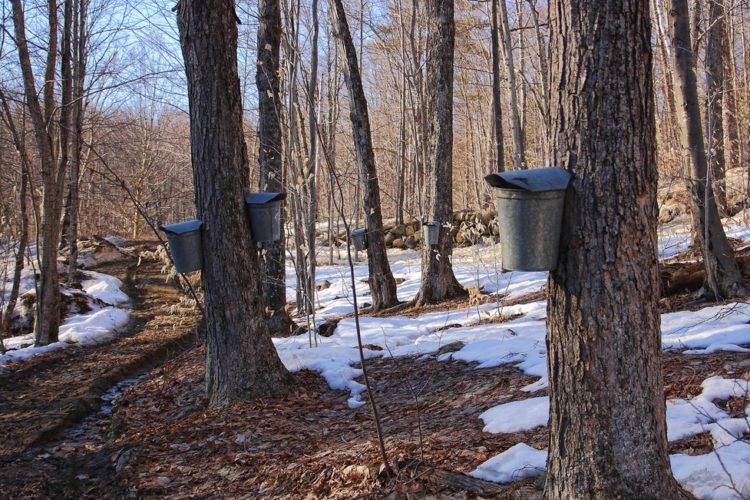
Wine in Virginia
As climate change alters the timing of seasons and causes drought and extreme weather, regions that are suitable for growing grapes may shift, impacting the wine industry. Wine grapes are very delicate crops and small changes in temperature can impact the quality of the grape, and consequently the wine. Climate change will alter the timelines of when grapes ripen, making it more difficult for harvesters to plan their work season. Warmer temperatures can also increase the risk of disease on the vines, such as Pierce’s disease, which is caused by a harmful bacteria that kills grape vines.
Wine in Virginia is currently a booming business, bringing jobs and tourists to Virginia’s beautiful rural areas. Approximately 6.6 million bottles of wine were sold during fiscal year 2016, amounting to over $2 million in wine liter tax collections. Climate change could pose a significant threat to this growing industry.
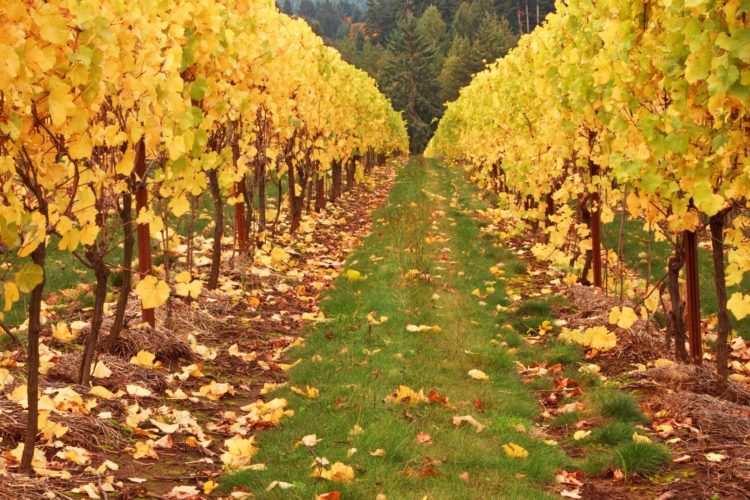
Corn in Pennsylvania
Corn is one of the most important crops in Pennsylvania’s agriculture sector. In 2014, agriculture contributed $8.1 billion to the state’s economy and nearly one out of every seven jobs was related to agriculture. Corn is insured more than any other crop in the state, with a crop insurance coverage of $248 million (protecting 657,023 acres) in 2015.
The corn crop supports Pennsylvania’s dairy industry, which is worth $2.34 billion annually. This industry depends on feed corn, which can become expensive when there are corn shortages, as was the case during the drought that struck the Midwest in 2012-2013. Climate change is expected to increase the risk of drought. While it is difficult to tie a specific drought occurrence to climate change, 2016 also resulted in water shortages, and Pennsylvania has issued drought watches for many counties. More frequent and severe droughts caused by climate change could result in increased costs and drops in production for not just corn, but other agricultural products like milk, which depends on healthy corn harvests to feed cows.
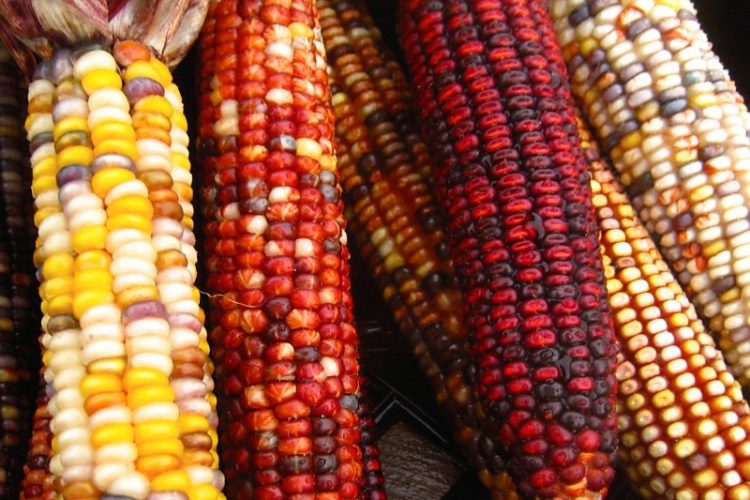
Ranching in Montana
Ranching is culturally and economically significant in Montana — the state actually has more cattle than people. Montana has 28,008 farms and ranches and the agricultural sector generated $4.2 billion for all services and products rendered in 2012, making it the biggest industry in the state.
A study by the Montana Farmers Union on how climate change affects agriculture and ranching shows that the state stands to lose millions to its impacts. The report estimated that in the agriculture sector Montana could lose 12,500 jobs and $372 million in lost earnings, with a 25% decline in grain production by 2055. In the ranching sector, the state may lose 12,000 jobs and $364 million in lost earnings, with a 20% decline in rangelands by 2055.
As the productivity of grasslands in Montana declines due to climate change, wildlife such as bison, antelope, and mule deer may also suffer as a result.
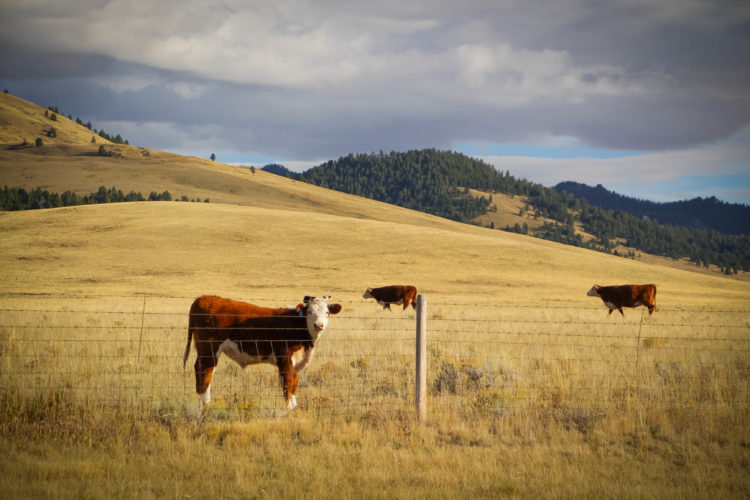
What can be done?
Climate change will have far reaching impacts on the U.S. agriculture sector and the overall economy. A changing climate will harm the natural resources and food supplies that people and wildlife need to survive.
To protect both, the U.S. must reduce carbon pollution and use best agricultural practices to ensure native landscapes sequester carbon and protect healthy wildlife habitat. Taking the necessary steps to reduce pollution will help safeguard agriculture from drought, disease, and increasing weather-related risks. This is vital to farmers, ranchers, and ultimately consumers who rely on the food, fuel, and fiber that farmers and ranchers produce. This will require action by Congress and the Administration to place a price on carbon and promote smart policies that benefit both the land and those that farm it. By reducing carbon emissions and sequestering more carbon from the atmosphere, the U.S. can avert the worst impacts of climate change.
The National Farmers Union, an organization representing 200,000 farmers and ranchers across the country, recognizes the significant threats climate change poses to agriculture. Both the National Wildlife Federation and the National Farmers Union believe that climate-smart agriculture can help farmers and wildlife, providing many benefits that create habitat and healthy soils while enhancing resiliency and helping to mitigate climate change. The following climate petition calls on Congress to do all it can through the Farm Bill to make farming and ranching resilient to climate change by helping farmers with research, information, and assistance to transition to practices that build resilience and sequester carbon.
Take ActionPlease add your voice and protect wildlife through climate-smart action





















